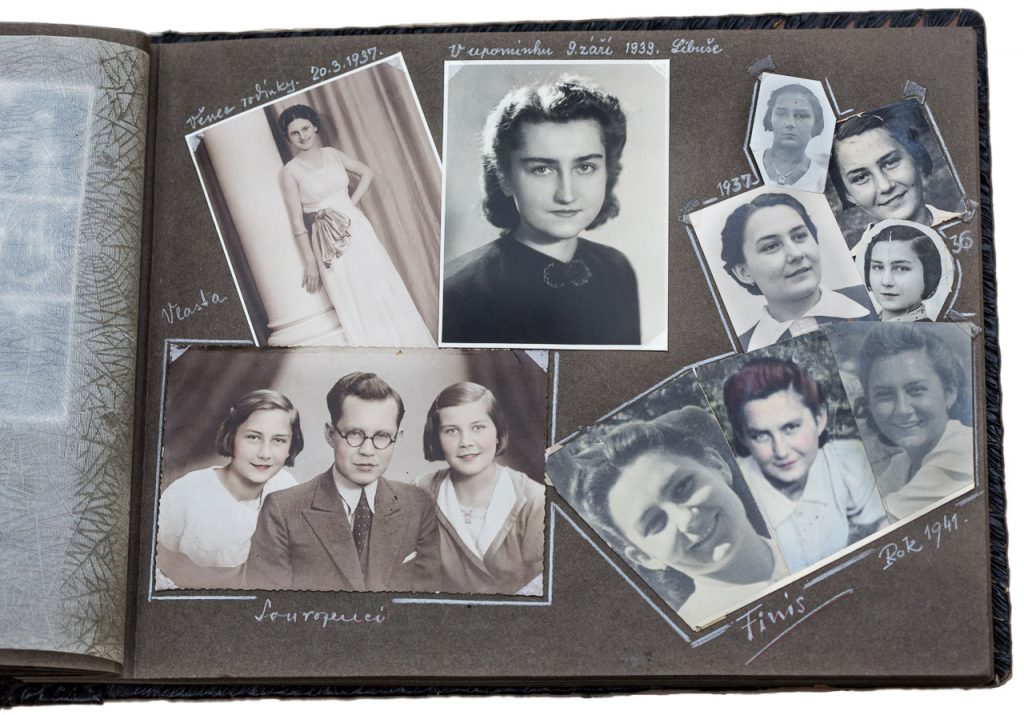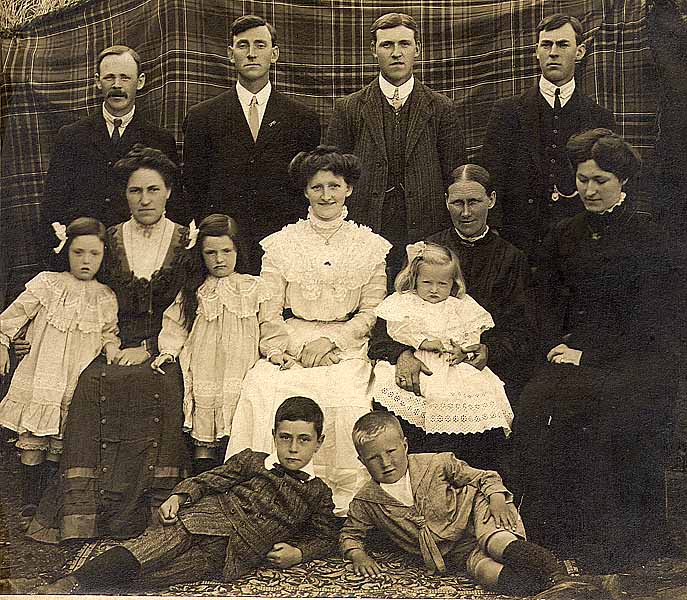This article is one of a series of posts that emerged due to the 2017 wildfires that ravaged California wine country near our home.
In the aftermath of the 2017 Northern California Wildfires a local news site posted a poignant story showing scraps of photos salvaged from homes lost in the fires. Human memory is frail enough, but when physical reminders are lost forever the past becomes more distant still.

Most cameras these days are digital and saving those photos off site is easy enough. Photos on smartphones are portable and photos already stored on computers can be backed up online. But older photos are another story. Photos of the grandparents from 100 years ago tucked away in several boxes in the attic are probably irreplaceable. Losing them to a fire forever is not something you should leave to chance.
You can include the most precious of photos as part of your go bag or filing case. But you may very well have more photos that need to be saved than you can reasonably gather in a true emergency. The solution is to make copies and store them offsite, preferably outside of the city in which you reside.
There are a couple of ways to go about making this happen. Many printers these days have scanning capabilities built into them and most can scan photos with acceptable resolution for the task at hand. If you have a printer/scanner already, the upside is that the process won’t cost you a dime. The downside is that this process can be tedious and can take quite a bit of time depending upon how prolific your family has been with their cameras over the years.
There are options to trade off time for money. Several companies exist to digitize your photos and even home movies. The cost for these services can be pricey. Depending upon the vendor, the type of service package selected and the number of photos to be scanned the price can vary between $0.20 up to $1.00 to photo. It pays to shop around and do the math if you plan on taking this route.

A possible benefit of the higher cost from scanning services is that many of them can also do some cleanup of scratches or other imperfections. The amount of damage that can be undone is not infinite, but scans of older photos may come out looking much more crisp and clear than the original.
Once your photos are scanned it’s imperative you ensure they remain safe. Sitting on a single computer in your home does not increase the safety of your family memories. Now is the time to back up those photos on your computer using one of the automated backup services mentioned in a previous article or using an alternative storage service such as Google Photos. Placing them online also opens up the possibility of sharing them with other family members who may be able to fill in missing details such as who the handsome guy that’s obviously not Grandpa hugging Grandma in 1913 is.
As you look through family photos spanning multiple generations and recall the stories behind them you better understand the many difficulties they faced in life and somehow survived. By scanning all family photos so they survive regardless of the emergency you face you’ll help ensure that future generations retain those stories and mementos.

Pingback: Emergency Lessons Learned | Robert Barron